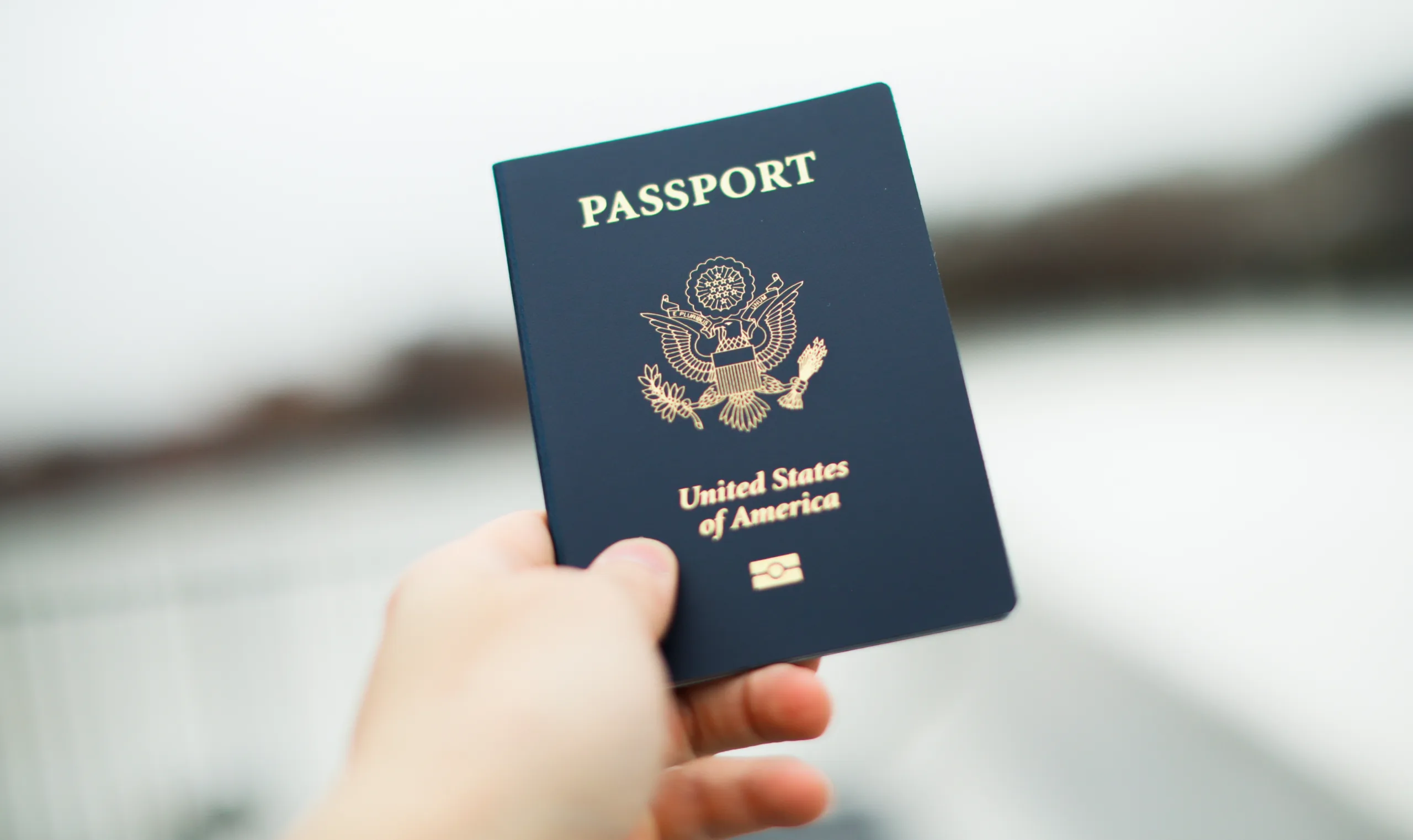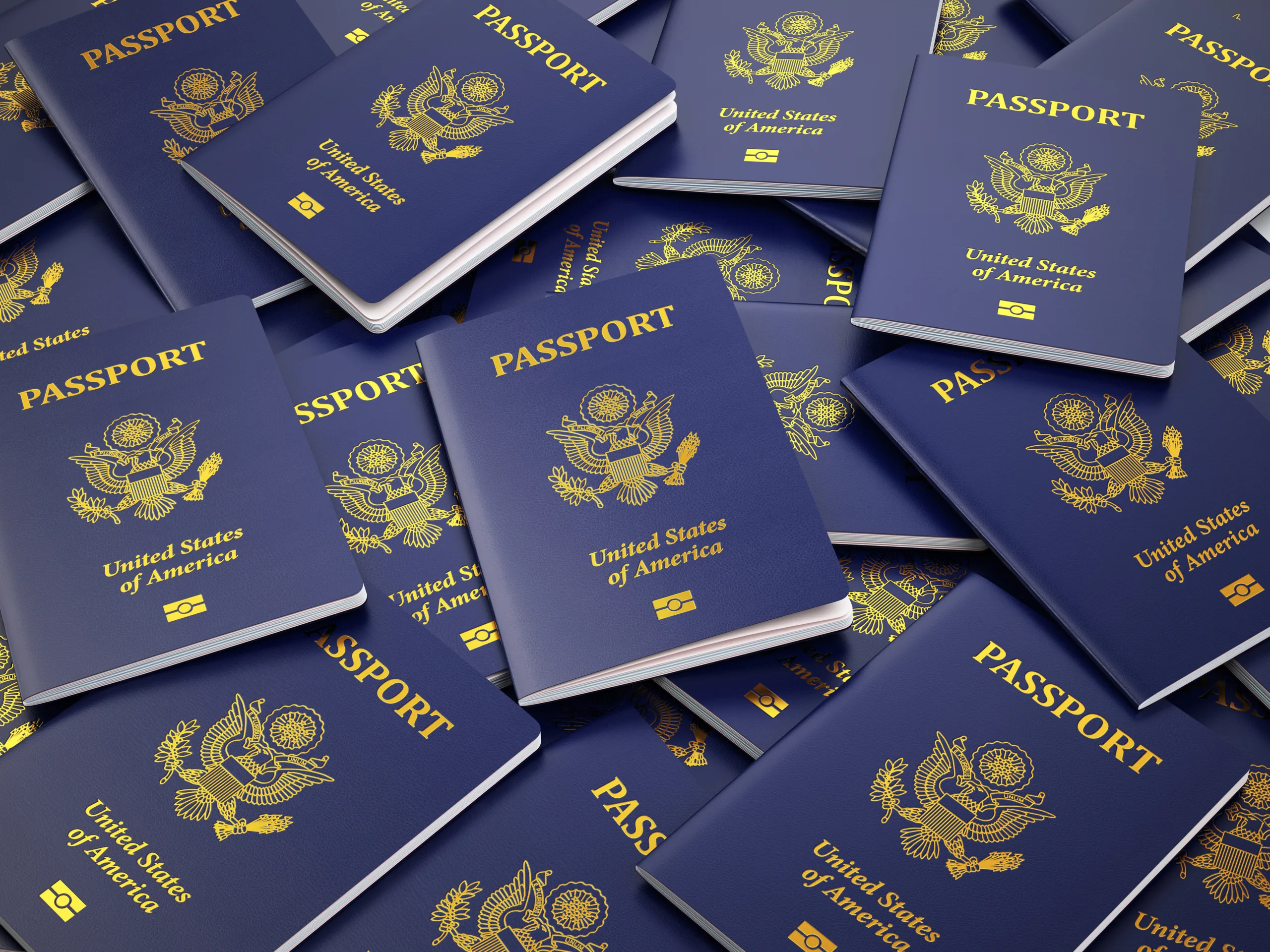How to Apply for Your Child’s U.S. Passport

The current processing time as of March 2023 is 10 to 13 weeks for routine processing and 7 to 9 weeks for expedited processing
Welcome to your go-to resource for obtaining a U.S. passport for your minor child! Planning family vacations abroad, registering for international summer camps, or even visiting relatives in another country are all exciting milestones. These events, however, require one essential document for your little one—a valid U.S. passport. While the process for minors under 16 involves some unique steps, there’s no need to feel overwhelmed. We’re here to guide you through each stage of the journey.
This guide is specifically tailored to simplify the passport application process for children. From detailing the required documentation to understanding the importance of parental consent and locating the nearest passport acceptance facility, we’ve got it all covered.
We understand that applying for a child’s passport comes with its own set of challenges and questions. What if both parents can’t be present? How do I get the right passport photo for my toddler? What are the fees involved? We’ll answer these questions and more, offering tips and resources to ensure a smooth application process.
Eligibility:
- Determine Eligibility: The child must be a U.S. citizen or a non-citizen national to apply for a U.S. passport.
Required Documents:
- Collect Necessary Documents: You’ll need the following:
- Completed DS-11 form which is the Application for a U.S. Passport
- Evidence of the child’s U.S. citizenship (usually a birth certificate)
- Proof of the child’s relationship to the parents/guardians (also typically a birth certificate and a certified copy of a court order if a legal guardian)
- Government-issued photo ID of the parents/guardians
- One passport photo of the child that meets specific requirements
- Payment for applicable fees (check or money order)
Application:
- Both Parents/Guardians Must Appear: Both parents/guardians must appear in person with the child at a passport acceptance facility. If one parent/guardian cannot be there, they may provide a signed, notarized Statement of Consent (Form DS-3053).
- Find a Passport Acceptance Facility: This can often be a U.S. post office, some public libraries, or other government facilities. Some facilities require an appointment, so check before going.
- Submit the Application: Bring all the required documents and the child to the passport acceptance facility, and submit your application. Ensure that the application is signed in the presence of the acceptance agent.
- Pay the Fees: As of 2021, the fees for minors under 16 were lower than those for adults. To pay for the application and special services such as expediting your application, submit a check (personal, certified, cashier’s, traveler’s) or money order payable to “U.S. Department of State” with your passport application. Credit and debit cards are not accepted.
- Wait: The current processing time as of March 2023 is 10 to 13 weeks for routine processing and 7 to 9 weeks for expedited processing.
After Submission:
- Track the Application: You can track the status of the application online after it has been submitted.
- Receive the Passport: The child’s new passport will be sent via mail.
Special Notes:
- Parental Consent: Parental consent is a crucial part of the application process for minors. If one parent is unable to attend, they need to submit a notarized Form DS-3053: Statement of Consent. Special arrangements may need to be made if one parent has sole legal custody or if other special family circumstances exist.
- Duration: Passports for children under 16 are valid for 5 years, not the standard 10 years like adult passports.
- Renewal: Because of the age limitation, children cannot “renew” their passport; they have to go through the new passport application process each time until they turn 16.
Important Points:
- Always check the most current information, as regulations and processes can change. The government occasionally updates the fees, requirements, and processing times, so be sure to consult official sources for the most up-to-date information.

